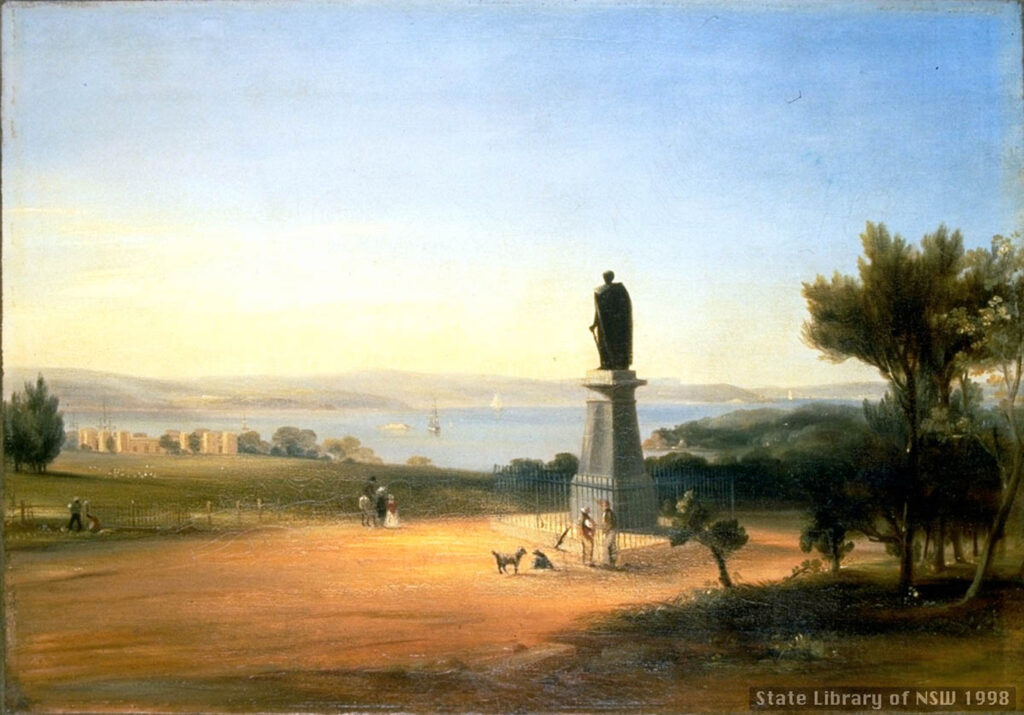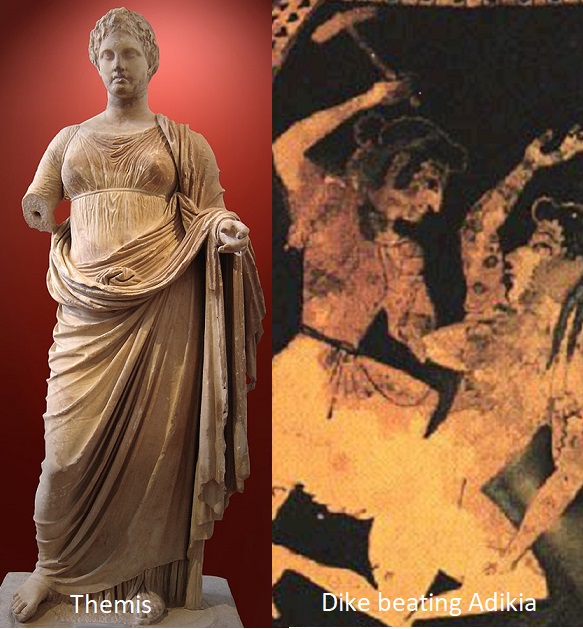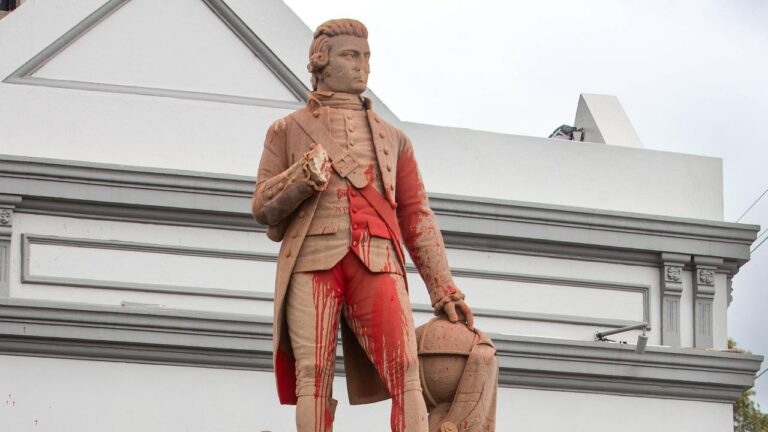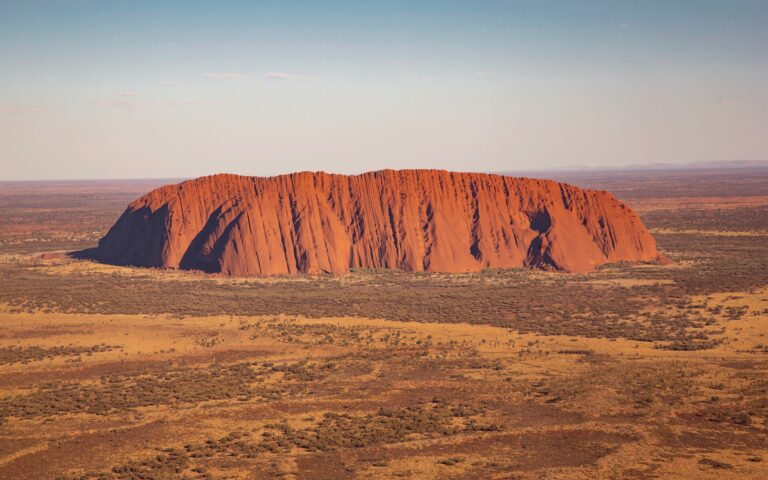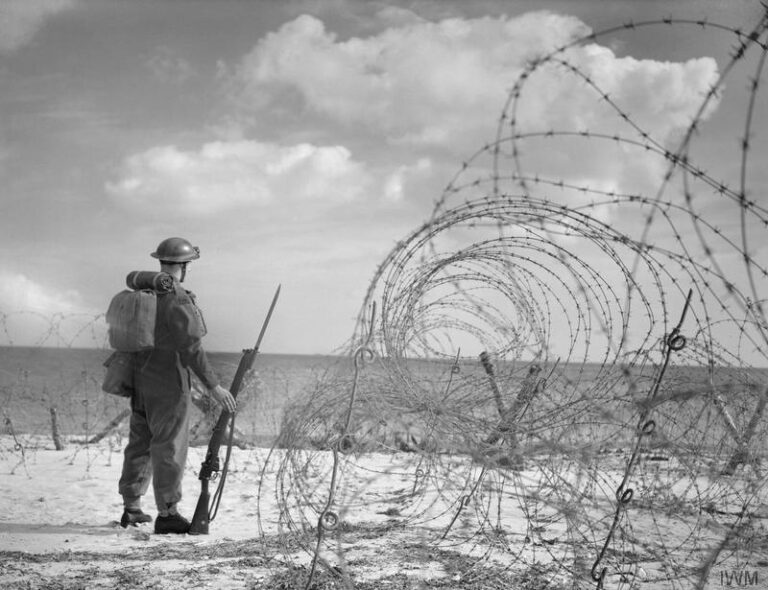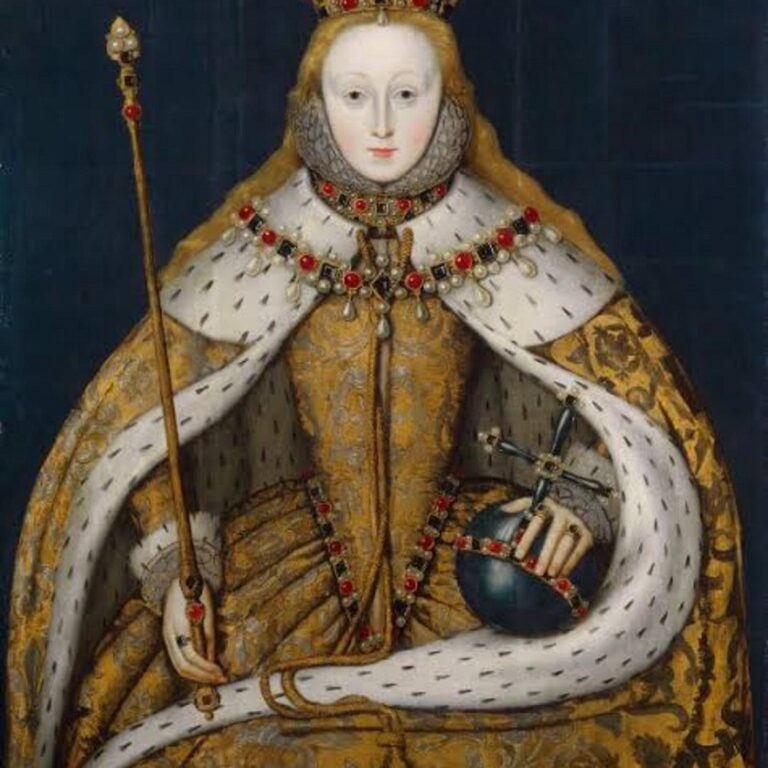Image: Themis, the Greek goddess and personification of justice, goddess of wisdom and good counsel, and the interpreter of the gods’ will – divine justice. The goddess Dike personified mores and conventional rules, important for society along with her sisters Eunomia (order) and Eirene (peace). Lady justice is a modern invention based on the Roman goddess Justitia.
English law was brought to the newly founded colony of New South Wales in 1788, which extended from Tasmania (then Van Diemen’s Land) to Cape York in the north and from the east coast to the 135th meridian (roughly to Coober Pedy). For the first three decades, the colony was administered by military leaders who were answerable only to the Crown, the first of which was Captain Arthur Phillip. He arrived on the HMS Sirius with 11 vessels in the fleet carrying 1480 people – half of them convicts. From the start New South Wales was not to be administered solely as a military prison.
After being appointed by Lord Sydney as Governor, Phillip drew up a memorandum of his plans for the new colony: “The laws of this country [England] will, of course, be introduced in [New] South Wales, and there is one that I would wish to take place … That there can be no slavery in a free land, and consequently no slaves.” Nevertheless, Phillip believed in severe discipline; floggings and hangings were commonplace. Regarding the Eora people that the fledgling colony encountered, Phillip ordered that they must be well treated, and that anyone killing Aboriginal people would be hanged. On being wounded by an indigenous spear after a misunderstanding, Phillip ordered that no retaliatory action was to be taken. In 1792, with the colony well-established, Phillip returned to England, attaining the naval rank of Admiral of the Blue. He died at Bath, England, in 1814.
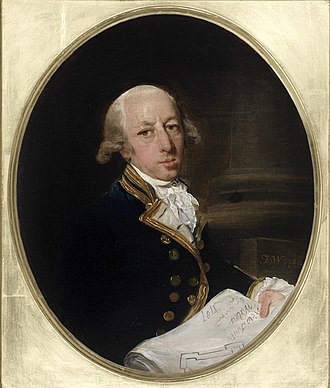
English law was not directly transferable to the southern continent, as much English land law was based on ancient feudal tenures. It was also difficult to reconcile English civil law with the requirements of a penal colony. Two courts were set up under the Judge-Advocate, by appointment by the Governor. One a criminal court for judgement and sentencing on treason, and felonies. The other for civil cases but with limited jurisdiction. Both courts were abolished in 1823 and a temporary Supreme Court was then established. This was made permanent by an Imperial Act in 1828, with full jurisdiction in common law, equity, and church matters. As free settlers began vastly outnumbering the convicts, military courts would no longer be tolerated.
“The laws of this country [England] will, of course, be introduced in [New] South Wales, and there is one that I would wish to take place … That there can be no slavery in a free land, and consequently no slaves.”
Captain Arthur Phillip, Governor of New South Wales
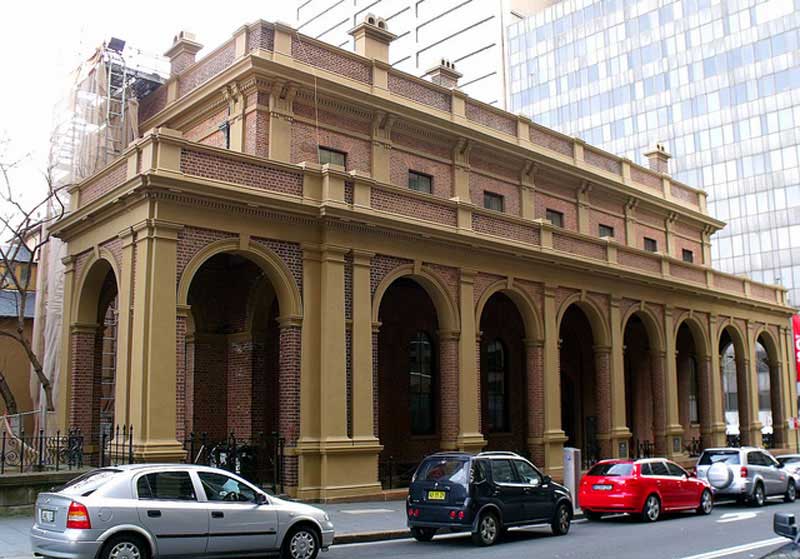
Until 1814, the only two solicitors in the colony to stand before the Judge-Advocate Ellis Bent (remembered in Bent St), were the ex-convicts Crossley and Eagan. This was by necessity. Then when the Judge-Advocate’s brother arrived with the Charter of Justice in 1814, he allowed no more representation by persons who were “not fit and proper.” The court closed for a year, until the colony’s first “free” solicitors could arrive in the colony from England, Messrs Garling and Moore. In 1824, four Barrister were added; Bannister, Stephen, Waddell, and Wentworth. In 1841, while Port Phillip was still part of NSW, a court was opened under Justice Willis with sixteen “fit and proper” advocates. In 1851, Victoria separated from NSW and obtained its own Supreme Court.
The foundation stone for the NSW Supreme Court Building, designed by Greenway, was laid in 1820 but the original intention for the building was as a school. Construction was slow. In 1822, the acting Colonial Engineer Major Druitt (remembered in Druitt St) directed that the roof be added before all the necessary supporting columns were in place. Greenway protested and was dismissed. In 1827, the west wing was handed over to Justices Forbes and Stephen who began furnishing it. In 1828, the entire building was under the control of the court and much of Greenway’s internal design plan was discarded. In the 1840s the west portico was removed and by 1868 the King St arcade had been added.
In June 1831, Sir Richard Bourke (1777-1855) was appointed Governor of New South Wales and arrived in the colony in December, six months later. On arrival, his first action was to extend trial by jury and to remove military juries from criminal cases, replacing them with civil ones. He also extended the right to own property and to serve on juries to emancipated convicts. It is said that the end of convict transportation to New South Wales in 1840 is largely due to Bourke.
Australia’s oldest statue to a public figure is of Bourke and now stands right in front of the NSW State Library (moved in 1925) but was originally nearer to the extant Shakespeare monument. Dedicated on the 11 April 1842, it was designed and cast in England as no foundry existed in the colony at the time. The sculptor, Edward Bailey, also designed and cast the bronze of Admiral Nelson which sits atop the eponymous column in Trafalgar Square.
A prominent street in Sydney is also named after Sir Richard – Bourke St, Surry Hills.
